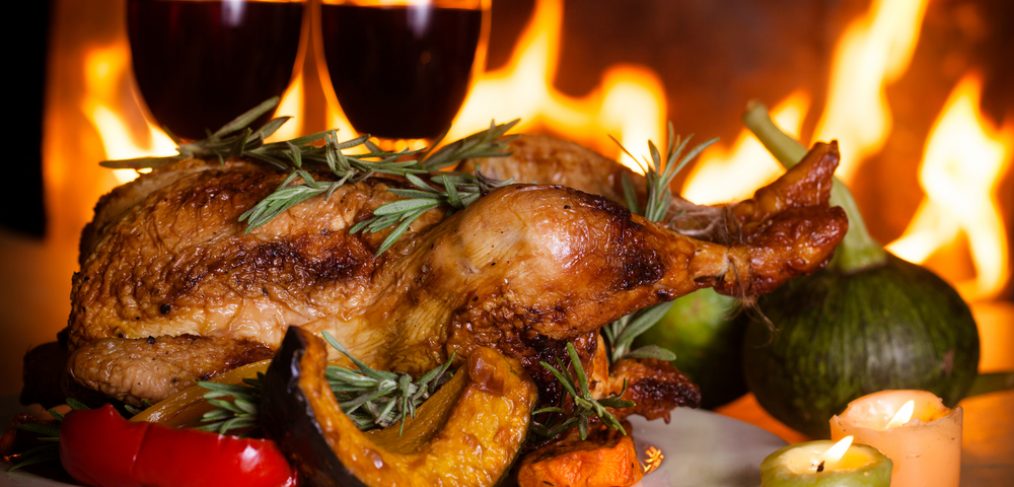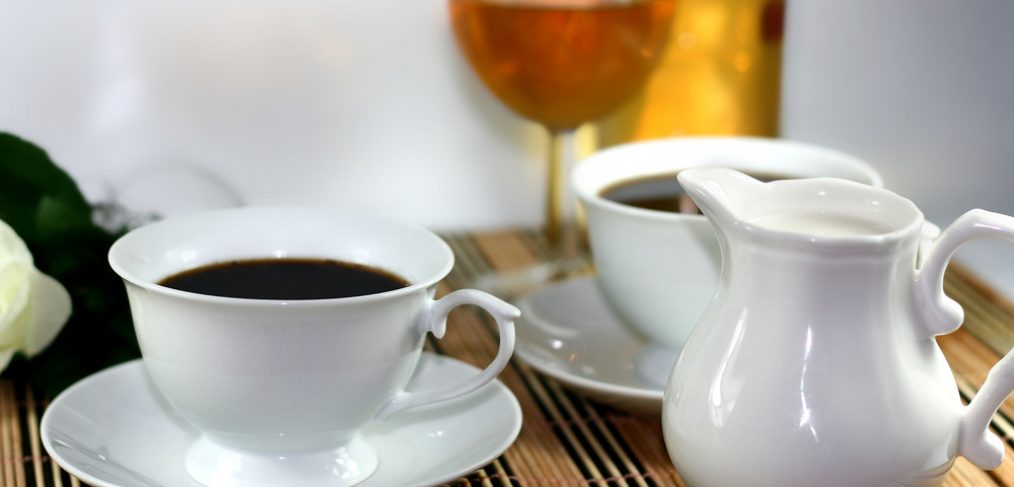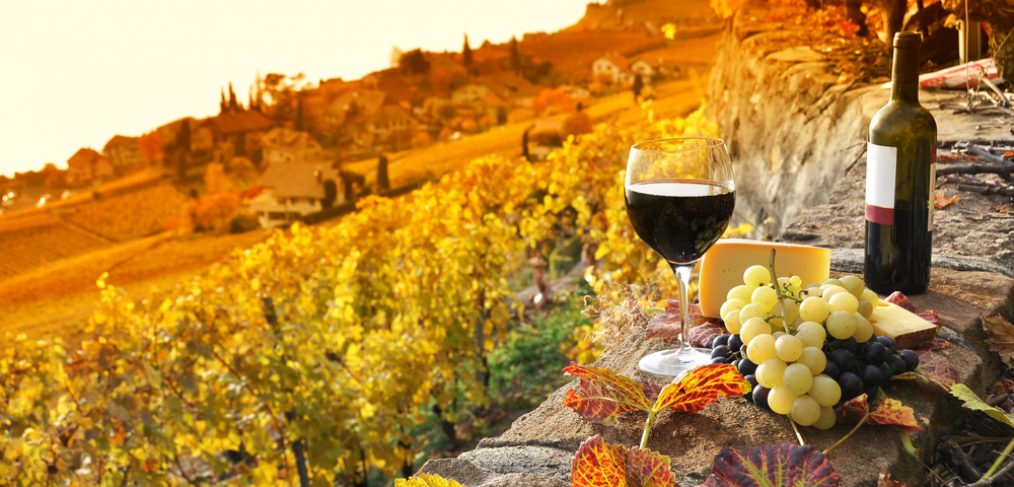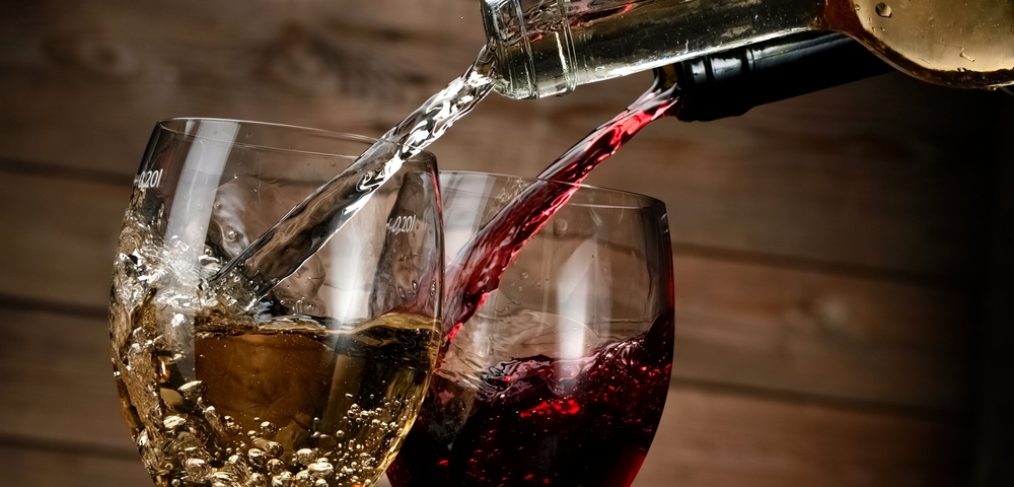Thanksgiving is all about coming together with friends and family to give thanks and show appreciation for all of the blessings in your life, and if you’re like us, one of those blessings is an incredible glass of wine. Your turkey dinner is an amazing time to sit and truly enjoy some great wine pairings. Ultimately, wine pairing is a matter of personal preference. While it’s great to try new things, if you know you absolutely hate a Zinfandel, try the less intense Pinot Noir instead. The only real rule to wine pairing is to do what makes you, and your palate, happy. That being said, we’ve got some guidelines as to where you might want to begin your search for the perfect wine/turkey pairings.
Champagne/ Sparkling Wines/ Rose
If you want a super simple pairing that will work with everything served from appetizers to dessert, look to Champagne, Rose and other sparkling wines. Sparkling wines have an acidity level that makes them easy to pair with dishes filled with herbs, cranberries and turkey. The effervescent quality of Champagne and sparkling wines help them to cut through truly rich foods like that gorgeous pecan pie.
Pinot Noir
Pinot Noir is perhaps the most traditional red wine pairing when it comes to Thanksgiving dinner. It has a lighter body than red wines like Cabernet and is softer on the palate than a Merlot. Pinot Noir typically features lush, berry fruits with an earthy undertone that pairs well with everything from the turkey to the cranberry sauce.
Zinfandel
Nicknamed the All-American grape, Zinfandel is another versatile red that pairs well with not just your turkey, but other trimmings on the table. Zinfandel is fuller in body than Pinot Noir and has a more intense flavor profile. As with Pinot Noir, Zinfandel has impressive fruit notes and it also features a bit of spice, both of which make it an excellent accompaniment to herb-laden dressings and both white and dark meat turkey.
Chardonnay
Another traditional Thanksgiving wine, Chardonnay is a pretty standard white at the table. An oaked Chardonnay has a round mouthfeel and is usually a bit creamy. The toasty oak flavors combine well with holiday classics like mashed potatoes and gravy and of course, your turkey. If you aren’t a fan of oaked Chardonnay, an un-oaked version of this white wine features more crisp citrus and apple flavors.
Riesling
Depending upon the Riesling, you may find that it is quite sweet or very dry, but the flavor profile of Riesling’s make them an excellent white wine choice for Thanksgiving dinner. Fruits such as apricots and apples and hints of delicious honey make this wine a great pairing for your sweet potato casserole as well as your turkey.
Remember that when it comes to wine, your tastes and preferences are more important than sticking to traditional wines that you don’t enjoy. If you feel adventurous, try pairing a few wines with your meal. Serve rose with appetizers, Pinot Noir or Riesling for dinner and finish with a sparkling wine. Savor your wine and your time with family and friends by picking a wine pairing that is meant for turkey.








